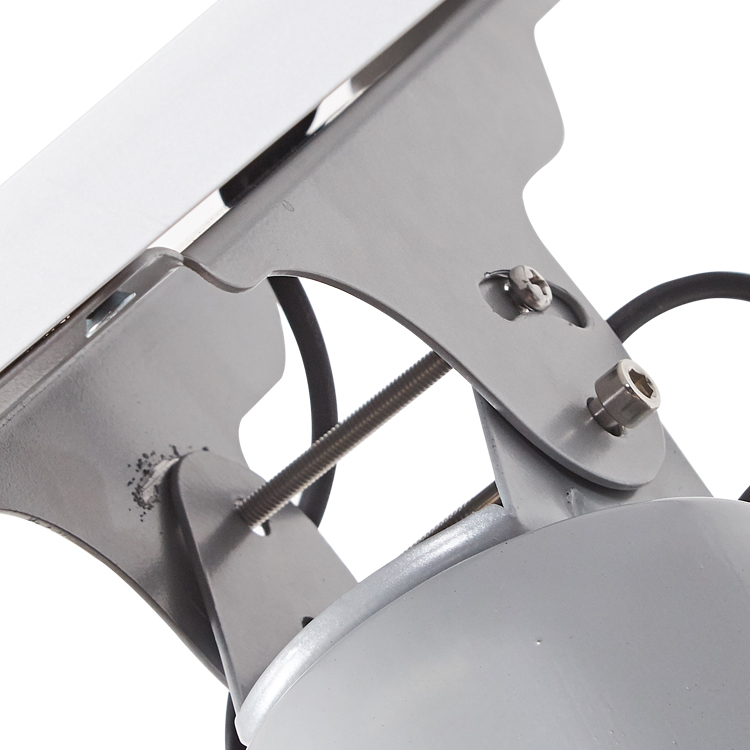
Traffic jams have become an important part of every driver's day.
Especially big cities.
Now, researchers say they have funded a better way to control the lights.
The new system can greatly reduce the time when drivers are trapped.
And carbon emissions caused by red lights.
What we are doing is developing algorithms that allow the main transport agencies to use high
The Massachusetts Institute of Technology, which leads the study, says Carolina Osorio, a traffic-solving model that addresses optimization problems.
In two new research papers, her team described a method of combining vehicles
Less accurate horizontal data
But more comprehensivecity-
Level data on traffic patterns to generate better information than the current system provides.
Researchers say they typically optimize travel time along selected major arteries, but are not mature enough to take into account complex interactions between all streets of the city.
In addition, the current model does not evaluate the combination of vehicles on the road at a given time
As a result, they cannot predict how changes in traffic flow will affect overall fuel use and emissions.
For their test case, Osorio and co-author Kanchana Nanduri used a traffic simulation in Lausanne, Switzerland, to simulate the behavior of thousands of vehicles per day, each of which
The model even explains how driving behavior can change every day: for example, a change in signal patterns slows down a given route, which can cause people to choose alternative routes in the next few days.
For such complex models, we have been lacking algorithms to show how to use them to decide how to change the mode of traffic lights, says Osorio.
"We came up with a solution that could improve travel time throughout the city.
In the case of Lausanne, this requires modeling 17 key intersections and 12,000 vehicles.
In addition to optimizing travel time, the new model also contains specific information on vehicle fuel consumption and emissions from motorcycles to buses, reflecting actual mixing in urban traffic.
Osorio said that the data needs to be very detailed, not only about the overall data of the team, but also the data of the team at a specific time.
"Based on this detailed information, we can develop a transportation plan to improve efficiency on the scale of the city in a practical way for urban institutions.
The team is currently working on a project in Manhattan and elsewhere to test the system's potential for large businesses
Scale signal control.
In the future, in addition to timing traffic lights, this simulation can also be used to optimize other planning decisions, such as selecting the best location for the caror bike-
Sharing centers, says Osorio.
